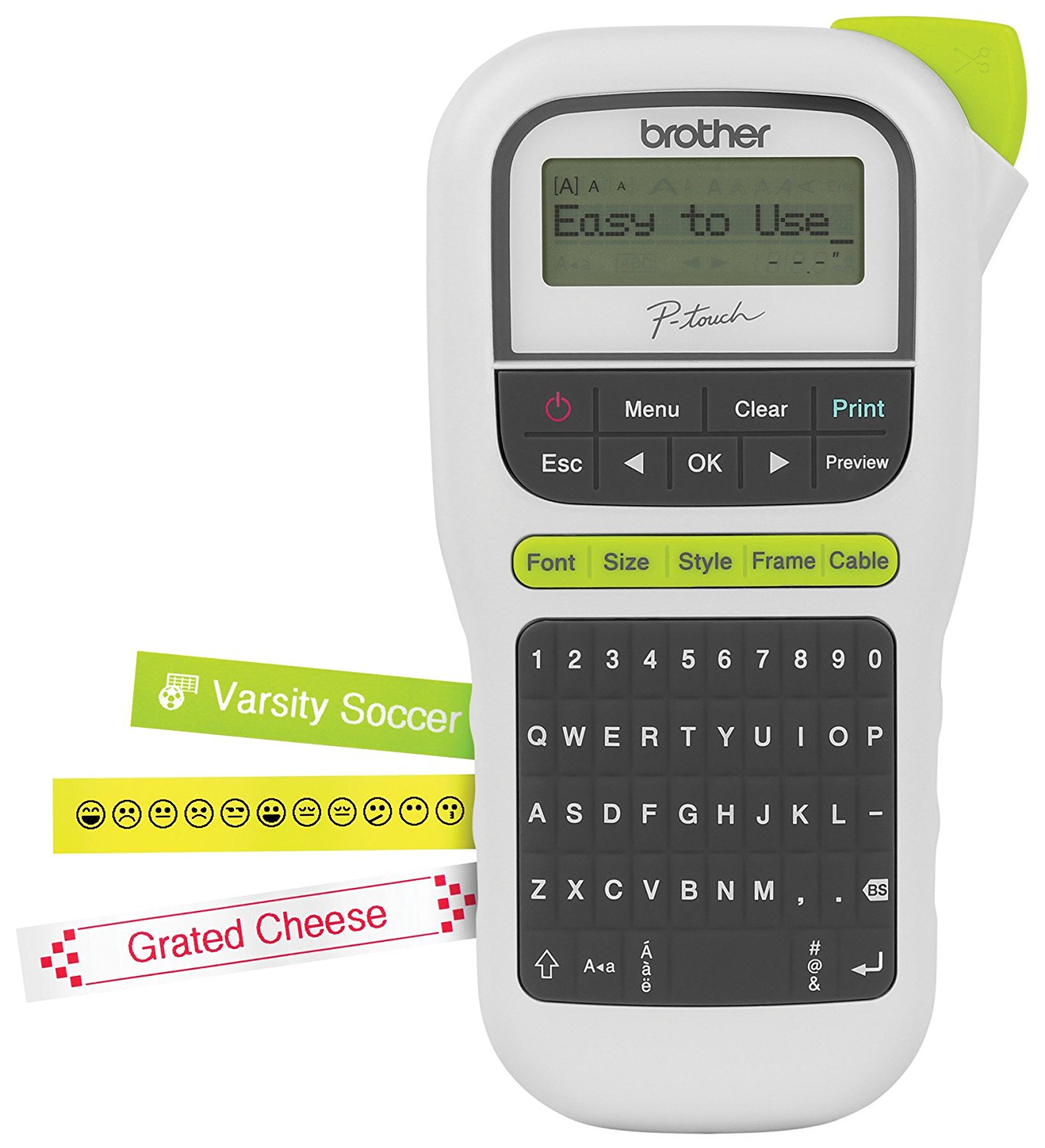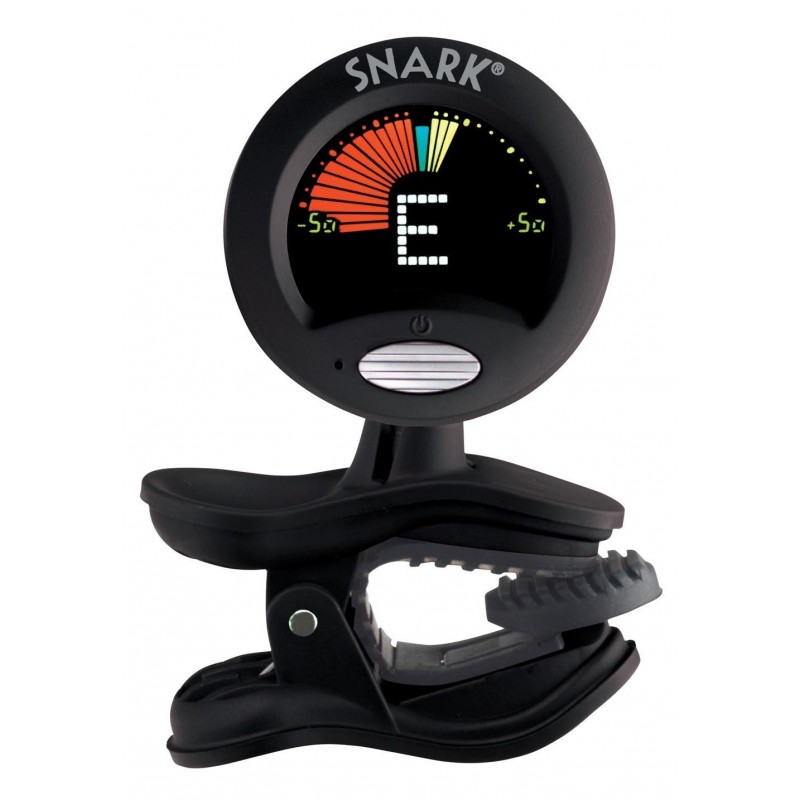11 Unglamorous “Must-Haves” That Every Recording Studio Needs
When equipping a recording studio, it often seems that all the focus goes to checking off the engineer’s bucket list of gear.
I’m as guilty of this as anyone. There’s nothing like getting your hands on an AEA R44C . True, your loved ones’ eyes will glaze over during your detailed lecture on frequency response, but among other audio geeks, you’ll have garnered some pretty serious street cred.
As important as it is to have some flagship high-end microphones and preamps, there are many pieces that will maximize a studio’s function much more.
Some of these items won’t make you revel in the hunt and capture. (You might even crack a tear of boredom or two as you place your order on Amazon Prime.) But they will make your studio work better—sometimes exponentially better—than it did before.
So before you fill up that 500 series rack, consider some of these purchases which will actually make your studio more functional and more attractive to clients.
1) Power Me Up
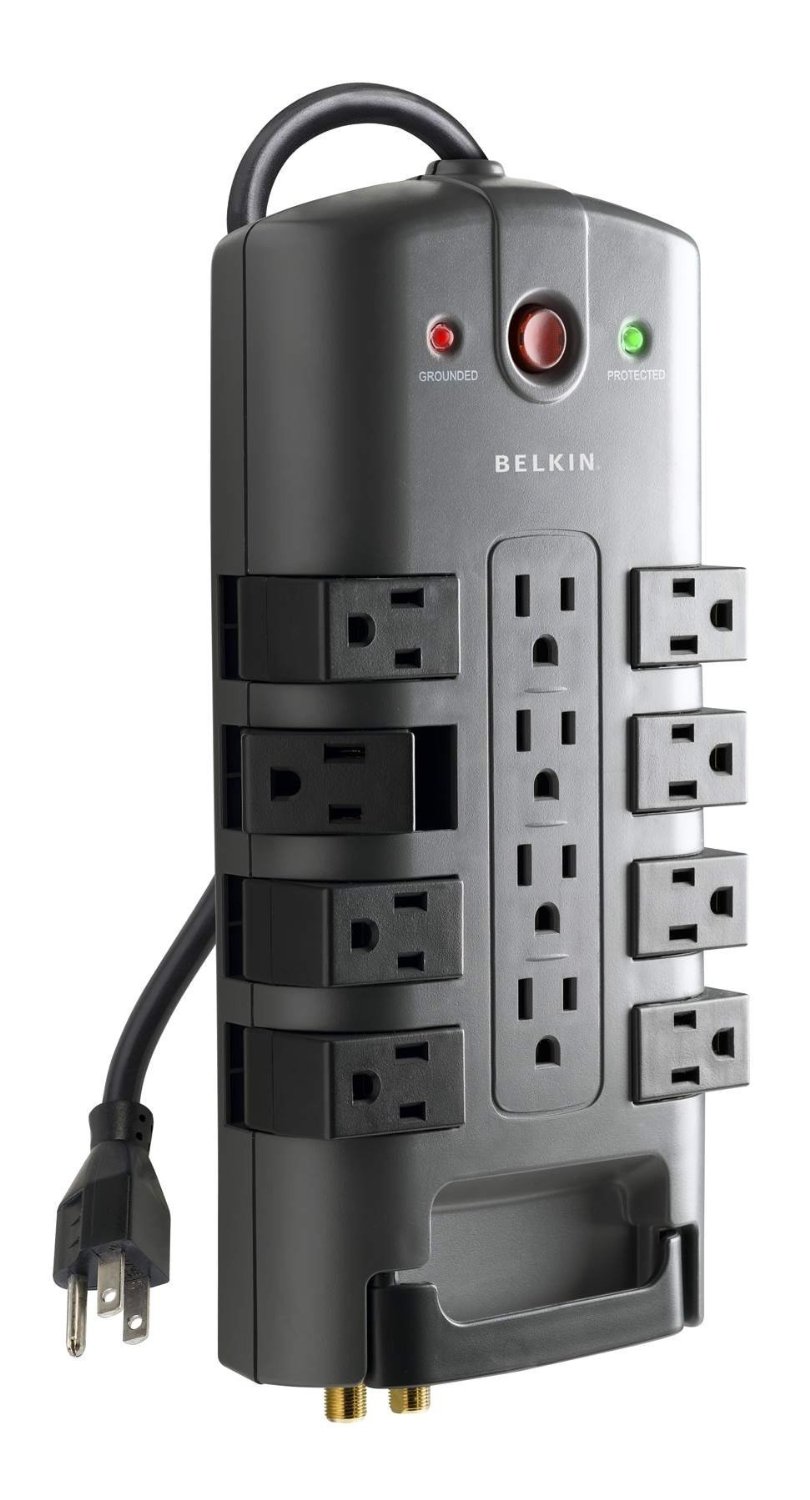
Starting with the least glamorous must-have imaginable: Don’t be that studio that doesn’t have enough power to go around.
I can’t tell you how many time I’ve been to a studio as a musician and there wasn’t a power strip at my station. This immediately makes me think the studio is a little out of touch.
A lot of musicians these days have devices. And it’s not only guitarists that come with pedalboards anymore. Many bassists and keyboardists utilize them. Even drummers have effect pedals and/or drum pads on occasion and some vocalists or arrangers need to recharge tablets and other note-keeping devices.
If I show up and don’t have accessible power, it makes me cranky. On a typical session, I’ll have a pedal board, a real tape echo, a real tube/spring reverb and an iPad. That’s at least four devices which need power. And I don’t like sharing power with other stations. I must control all of the Power!! ALL OF IT!! Woah, sorry. Bit of a “power trip” there.
Having a nice power strip where every outlet works is integral. It should also have the availability to reach wherever each musician will be located.
2) Really Good Headphones
Nice headphones are like nice cars. You want to pretend there isn’t a difference between models, but there is. A Ford Fiesta is totally functional, but it’s not nearly as comfortable or fun to use as a Mercedes E320.
Most studios I’ve worked in have cheaper headphones. I get it, headphones take a lickin’ and don’t keep tickin’. They are often the most abused item in a studio—partly because the clients handle them more than anything else. Headphone cables are easy to trip on, and people can be careless.
With all this said, I still believe it’s worth having really great headphones. Headphone mixes influence performances. If artists don’t like what they’re hearing, it’s not going to inspire magical moments. With singers, a bad headphone experience can mean much more than just causing intonation issues.
I can hear you stomping your feet in protest right now, even with my headphones on. I know you don’t want to buy nice headphones. But, you should! People will fuss about their headphone mixes less.
I was using some lower-priced phones for quite a while. In the middle of a recent record I got some Shure SRH1540 closed ear phones. The difference in performances I was getting from the singer was quite noticeable.
What changed? My headphone mixes? Nope. Processing? Nope. The headphones!
You really like the sound of those Barefoot Monitors in the control room, right? Make it sound like that in the players’ ears!
The Shures aren’t the only options on that front. Higher end headphones are available from brands like Focal, Grado, Audio-Technica, Sennheiser, AKG and more. Every studio deserves at least one set of key performances.
3) Mic Quick Release Clamps
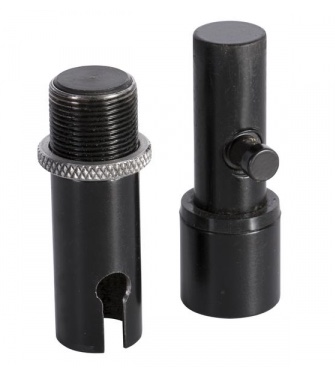
Why are you wasting your time screwing around with your mics? Act like a civilized person and get some quick release clips.
Unless the musicians on your session are looking for a little nap time, use quick release mic clamps. They allow you to swap out mics easily.
It’s quite surprising how little it takes to disrupt a vibe on a session. You may need to swap a mic right at the moment when the singer or musician has come up with the idea of all ideas. Things need to keep moving or moments get lost.
4) Phone Chargers
If you want to be MVP of a session, have a few extra power supplies for phones and tablets around. It’s not a matter of “if”, but “when” someone will forget their technological umbilical chord to civilization.
Try to have a charger for all of the major devices, and make sure you tag them or they’ll walk away. Think of them as the key to a truck stop bathroom (cleaner, I hope). Make it as awkward to steal as possible.
You could make the client take an embarrassing blackmail picture as collateral. If you don’t have the heart for this and are one of those people that are like, “nice” and stuff, follow me to your next must-have item…
5) Label Maker
Any cable that comes into my studio gets labeled. If the dog stood still long enough I would label him too.
Labeling makes life so much simpler. No more questions or panic. Every time I forget to label, I wallow in deep despair.
This goes for cables plugged into eq’s, compressors, tube mics, thunderbolt cables… you name it. I don’t want to be guessing what’s going where or which is whose in the middle of a session.
Remember those phone and tablet chargers I mentioned loaning out earlier? I label both the cable and the charger in a bright color. Make it scream “guilt”!
6) Chairs
People are going to sit at sessions, whether while tracking or in-between takes. People also have all kinds of physical dispositions. Having a few options for comfortable seating is really important.
Consider the types of instrumentalists that will sit in the chair as well. In general, chairs with arms aren’t great. Musicians are going to be moving around often with their instruments.
Every room should have suitable seating options. Think for a second how you furnished your apartment in college. Now, do the exact opposite. If people are comfortable, they will want to spend more time in your studio.
Chairs shouldn’t wobble. That cool vintage chair with character that’s not really that safe? Take it to the antique store and sell it. First of all, you don’t want anyone falling from a broken chair at a session. Second of all, a rickety chair can also be distracting to a performer and audible in a recording.
7) Really Good Mic Stands
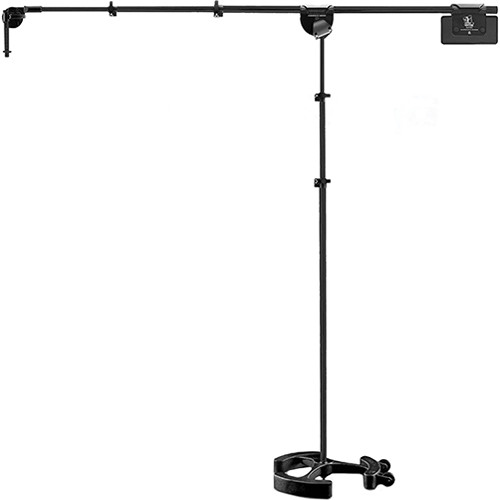
Every studio should have at least one great mic stand. And all the rest of them should be pretty damn good. When you cheap out here, the only person you hurt is yourself. Or whoever a mic happens to fall on.
It’s a good idea to go through your mic stand closet the same way you go through your clothes closet every few years. If any stands are broken, get rid of them. You’re not doing yourself any favors.
What defines broken? If you ever find yourself reaching for gaffers tape (the elegant engineer’s duct tape) to make a mic stand work, it’s broken. Say it out loud with me, “BROKEN.”
Cheap mic stands are only going to break your heart. It’s just a matter of time before an intern puts your prized U67 on it.
The cheapest mic stand I’ll use is a K&M. Why not buy it once instead of buying it three times or more? As a further upgrade, instead of using your average mic stand, consider at least one higher-end stand by a brand like Latch Lake.
8) Extra Strings
It’s a good idea to have some extra strings around during sessions. Don’t always expect that a player will have extra strings for a guitar, bass, mandolin, banjo or ukulele.
Technically, this should be the player’s responsibility. However, accidents happen and the music must go on. I keep a few containers with extra strings and try to cover a broad range.
You can’t have everything, but a set in each of the basic string gauges should get anyone through a session. For guitar this means a set of xtra light, light, and medium. I would do the same with bass, mandolin, ukulele and banjo. These are the most popular string instruments that will come through your studio.
You can either offer these as a courtesy, or charge. I find most will be happy to pay for the convenience. However, I don’t recommend trying to make a huge profit. Think of it more as a break-even situation.
It might also be good to have some drumsticks laying around. A couple of different weights will do. Perhaps one pair with wood and one with nylon tips.
9) Pedal Power
We’ve already talked about general power needs, but a studio that deals with a lot of guitarists, bassists and keyboardists who roll through with effects can benefit from stepping it up yet another notch.
Eventually, a battery or power supply will fail. This can be a real buzz kill!
To prevent this, I keep a 1 Spot power supply and daisy chain around. In general, this isn’t my favorite way to power pedals. I much prefer a power supply with isolated outlets like the Strymon Zuma for more versatility and a more noiseless tone.
In a pinch, the 1 Spot can be a welcome resource. As always though, check the pedal first to make sure you match the polarity. You don’t want to fry a pedal. Not all pedals are Center Negative. Especially old Klon Centaur pedals. You wanna hear a grown guitarist weep like they lost their first born? Use the wrong power supply with their coveted Klon. Oh, the HORROR!!
10) Tuners
Musicians often show up with tuners, but you can never have enough. I keep a handful of Snark tuners around. Place a few in each room. Remember, the devil’s pathway to your soul is through untuned instruments.
Once again, do make sure to label your tuners (refer to labeling section). I’m not going to imply musicians have sticky fingers… I’m gonna come right out and say it: They will lift your tuners!
Of course, I myself have never been legally found guilty of such actions. I swear, I don’t know how my tuners have been multiplying.
11) Paper and Pencil
This seems like it should be an obvious suggestion, but I often go into studios and they don’t have good pencils or staff paper.
A pencil is a pencil right? No, it is not, young Jedi. I can remember going to a session a few years back where there were some changes being made to the chart and I needed to make notes. I forgot my pencils at home. (I didn’t get a gold star that day).
The engineer handed me something that was not your run-of-the-mill, pedestrian pencil. Ok, it wasn’t THAT special. But, it was a very nice Black Warrior pencil that wrote clearly and evenly and I appreciated it very much.
I know, I know. How lame am I for writing abut a Black Warrior pencil? Yes, I realize everyone is raving about the Looptrotter Monster Compressor. Sure, that’s definitely way cooler. But on that session, that pencil was my favorite piece of gear.
People often end up taking notes or making impromptu charts on sessions. If they have nice paper and good quality pencils, it’s going to elevate the experience. The small details do count.
On the paper front, have both plain paper and staff paper. A binder is also a nice touch to write on. It’s surprising how many curved or uneven writing surfaces there are in a lot of studios.
Summing it Up
These items may not look the coolest in your Instagram feed (with the exception of the Black Warrior pencil, c’mon that’s pretty) but they can score you major points on a session.
Artists don’t just go to studios they know have great gear. They go to studios they know they can be comfortable in and where they can create good art. It doesn’t matter how many U47’s you have if you don’t have a welcoming and well-oiled machine.
Consider how to smooth out any bumps that will take your session out of cruise control. Plug all the holes. You will get mad respect from all of your clients and perhaps (FINALLY) your family and friends.
Mark Marshall is a producer, songwriter, session musician and instructor based in NYC.
Please note: When you buy products through links on this page, we may earn an affiliate commission.







